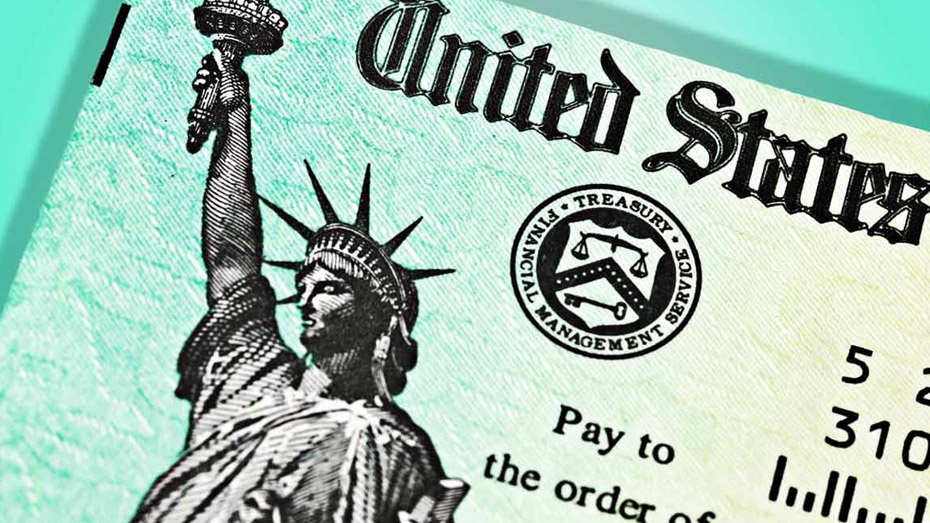JUST THE FACTS: Borrowed Money Must Be Paid Back
In the back of every Form 1040 instruction booklet there’s a section that shows where our federal government gets its money and where it is spent. As taxpayers, it makes sense to know this information. Here is the data for the government’s fiscal year ending September 30, 2019, as reported by the IRS in the 2020 instruction booklet for Form 1040. Please note that this spending is prior to COVID-19 relief bills.
| FY Ending 2019 | |
| Inflow: | $3.464 trillion |
| Outflow: | $4.448 trillion |
| Deficit: | $984 billion |
| TOTAL INFLOWS | |
| 39% | Personal Income Taxes |
| 28% | Social Security, Medicare, Unemployment Taxes |
| 22% | Borrowing to Cover Deficit |
| 6% | Excise, Customs, Estate, Gift and Misc Taxes |
| 5% | Corporate Income Taxes |
| SPENDING BREAKDOWN | |
| 42% | Social Security, Medicare, & other retirement. These programs provide income support for the retired and disabled and medical care for the elderly. |
| 21% | National defense, veterans, and foreign affairs. About 15% of outlays were to equip, modernize, and pay our armed forces and to fund national defense activities; about 4% were for veterans benefits and services; and about 1% were for international activities. |
| 21% | Social programs. About 15% of total outlays were for Medicaid, SNAP (formerly food stamps), TANF, SSI; and 6% for health research and public health programs unemployment compensation, assisted housing, and social services. |
| 8% | Net interest on the national debt (at historically low interest rates). |
| 6% | Physical, human, and community development. These outlays were for agriculture and environment; transportation; aid for education and college assistance; job training; deposit insurance, commerce and housing credit; and space, energy, and general science programs. |
| 2% | Law enforcement and general government. |
SOURCE: IRS publication i1040gi, P.110, 2020 Tax Year
What You Need To Know
- Deficits of $1 trillion are not sustainable. No matter where you fall on the political spectrum, annual deficits of $1 trillion cannot be sustained. And remember, this information is detailing a pre-pandemic deficit. It may be several more years before the annual deficit gets back down to this level, if at all.
- Government borrowing hurts all taxpayers. In 1990, $50,000 worth of Certificates of Deposits (CDs) earned a cool 8% interest, or $4,164, each year. Today, that same $50,000 earns just 0.6%, or $301. What happened to the other $3,863? Your interest income is now helping to cover money borrowed by the government in the form of lower interest rates. Look at 2019…almost ¼ of the money spent by the federal government was borrowed!
- Low interest expense risk. Look at the percentage of money spent on interest expense in 2019. It’s 8% with interest rates hovering around zero. So what happens when rates actually start to go up? As a percentage of overall expenditures, interest expense could double to 16%…and potentially go even higher than that.
- Make a difference. Whether we should spend more or less is not the issue. It is that spending more than you bring in will cause big problems…eventually. Money doesn’t just magically appear on printing presses. That money has to come from someplace and that someplace is from everyone. So make your voice heard…it’s your money!
As always, should you have any questions or concerns regarding your tax situation please feel free to call.



